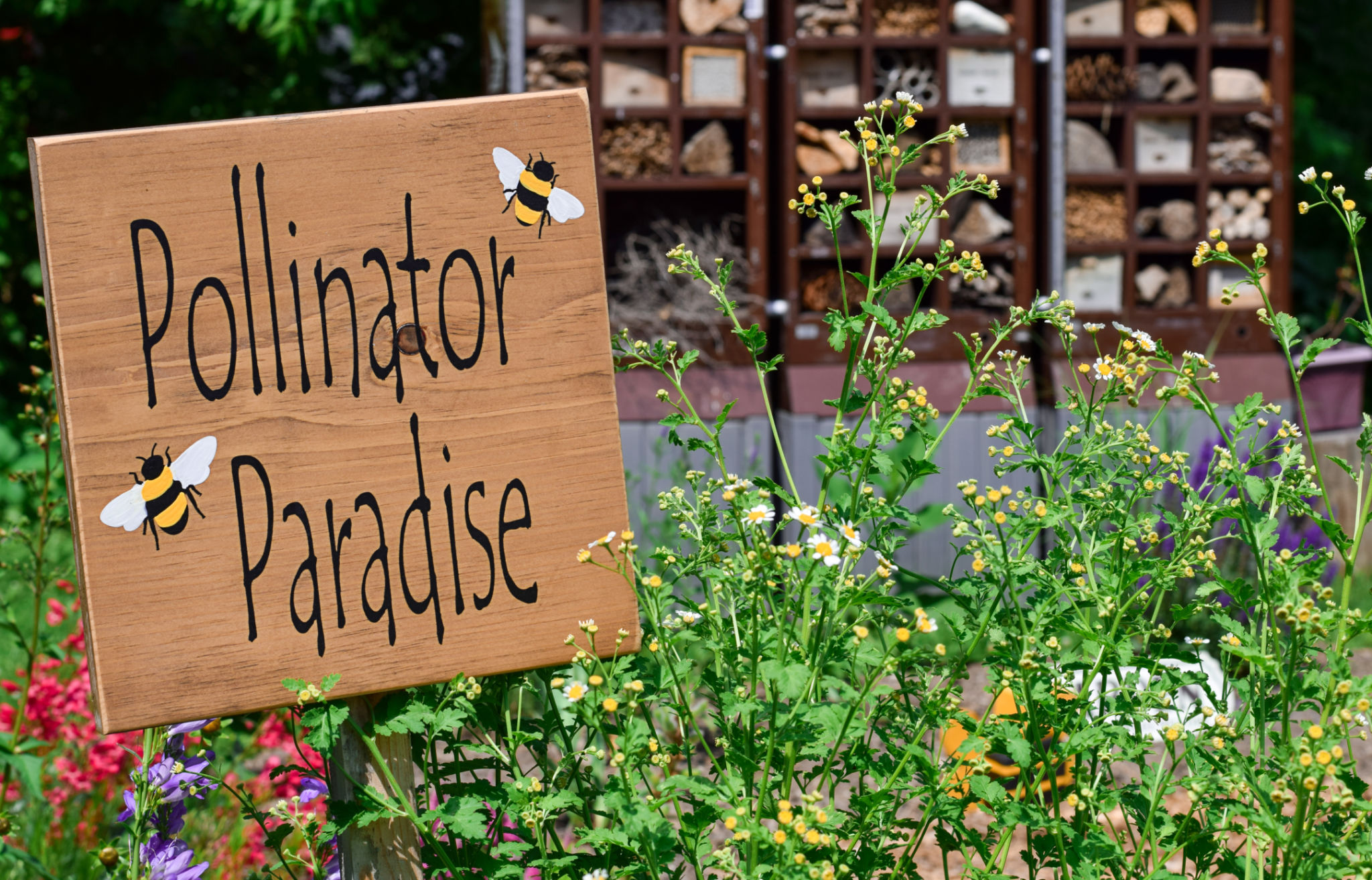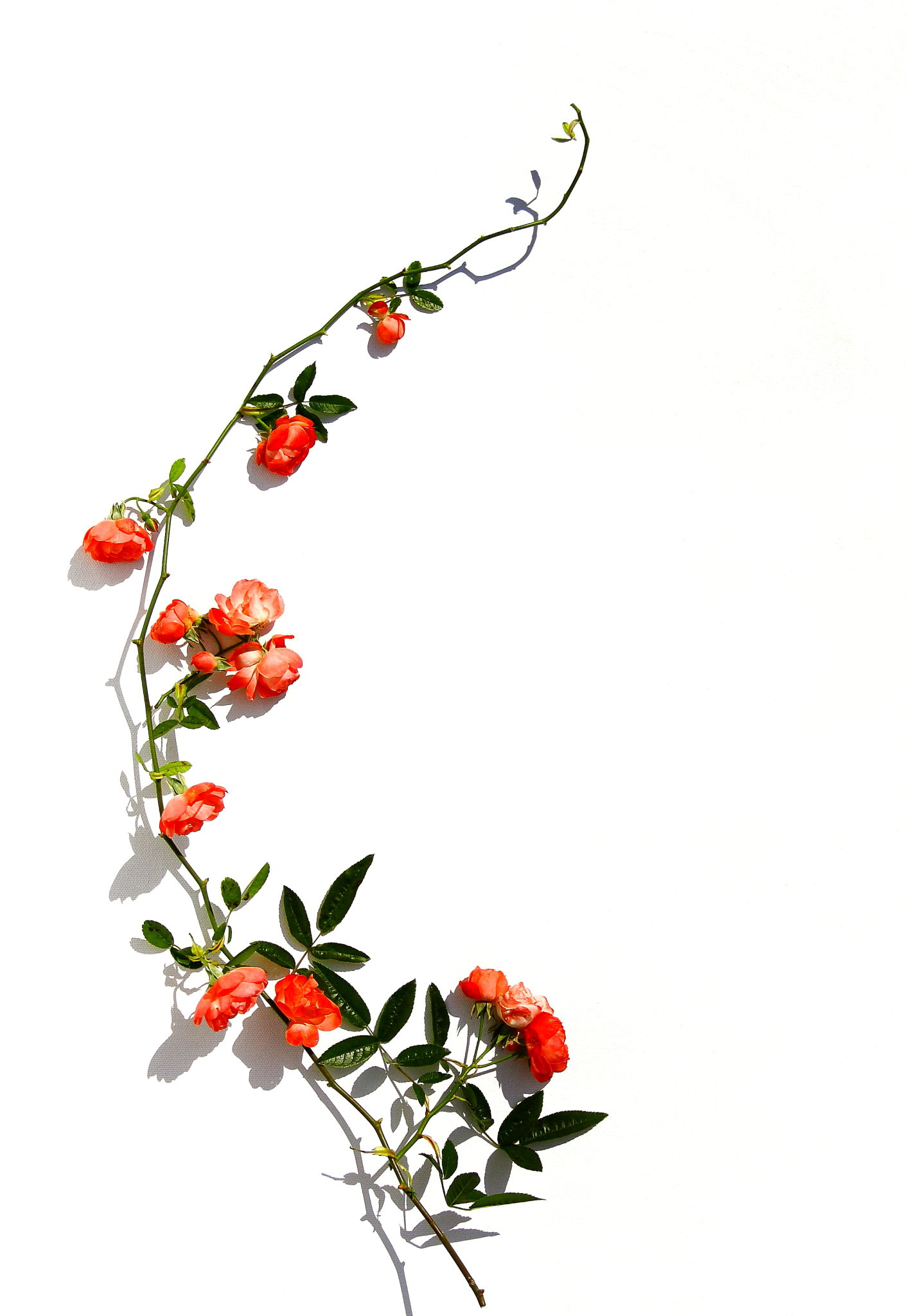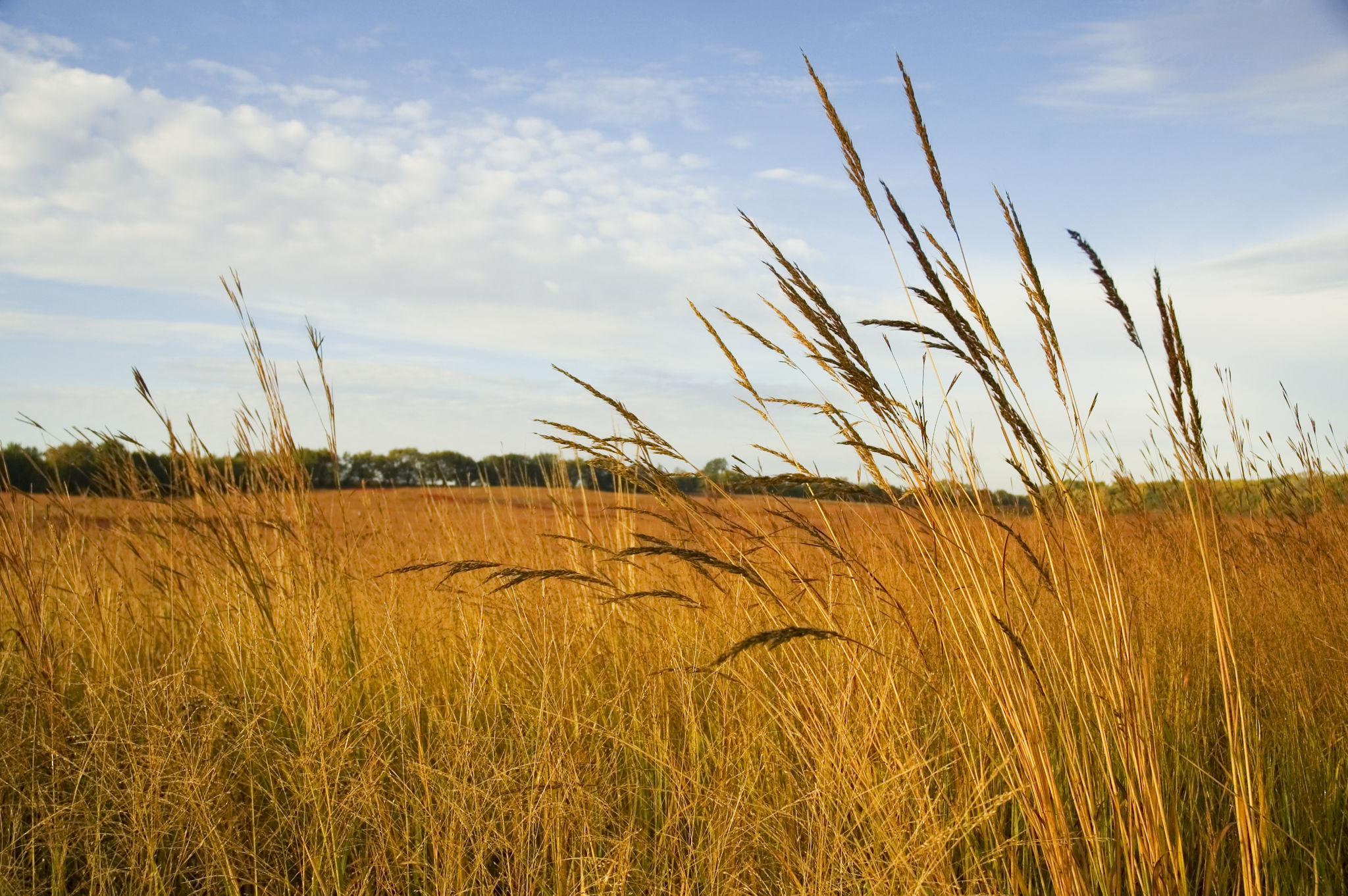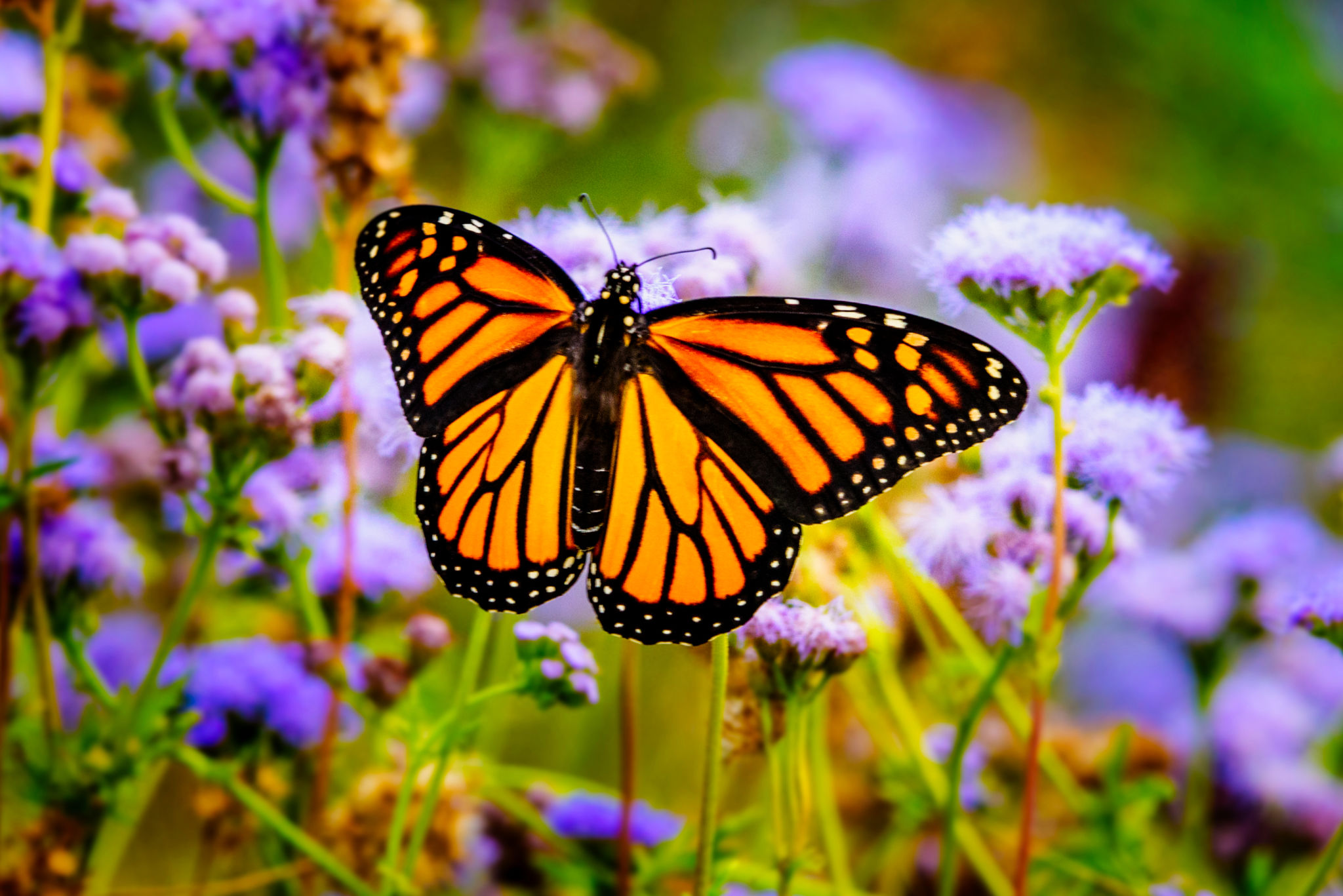Top 10 Native Plants to Elevate Your North Carolina Yard
Transforming your North Carolina yard into a thriving ecosystem can be a rewarding endeavor, and incorporating native plants is one of the best ways to do so. Native plants are adapted to the local climate and soil conditions, making them easier to maintain and beneficial for local wildlife. Here are the top 10 native plants to consider for your North Carolina garden.
Why Choose Native Plants?
Native plants offer a myriad of benefits that go beyond their aesthetic appeal. They are well-suited to local environmental conditions, requiring less water, fertilizers, and pesticides. This makes them more sustainable and environmentally friendly. Additionally, native plants provide essential habitats for pollinators such as bees and butterflies, supporting biodiversity.

1. Eastern Redbud (Cercis canadensis)
The Eastern Redbud is a stunning small tree that bursts into pink blooms in early spring. Its heart-shaped leaves turn a striking yellow in fall, adding year-round interest to your yard. This tree is perfect for adding a splash of color and attracting pollinators.
2. Black-Eyed Susan (Rudbeckia hirta)
Known for their bright yellow petals and dark brown centers, Black-Eyed Susans are a must-have for any North Carolina garden. These hardy perennials are drought-tolerant and attract butterflies, making them both beautiful and beneficial.
Plants for Shade and Sun
When planning your garden, it's important to consider the light conditions across your yard. Some native plants thrive in full sun, while others prefer the cool shade.
3. Carolina Jessamine (Gelsemium sempervirens)
A versatile vine, Carolina Jessamine produces fragrant yellow flowers in the spring. It can climb trellises or trail along the ground, offering flexibility in design. This plant thrives in both sun and partial shade.

4. Foamflower (Tiarella cordifolia)
Foamflower is an excellent choice for shady areas of your garden. Its delicate white blooms rise above green foliage that often features a dark central vein. Foamflower thrives in rich, moist soils and offers beautiful ground cover.
Adding Texture and Color
Incorporating a variety of textures and colors can significantly enhance the visual appeal of your landscape. Consider mixing grasses with flowering plants for a balanced look.
5. Little Bluestem (Schizachyrium scoparium)
This native grass boasts blue-green foliage that turns reddish-orange in the fall, providing seasonal interest. Little Bluestem is drought-tolerant and offers habitat for various wildlife species.

6. Cardinal Flower (Lobelia cardinalis)
The Cardinal Flower is celebrated for its striking red blooms that attract hummingbirds. This plant prefers moist soils and partial shade, making it ideal for planting near water features or in low-lying areas of your yard.
Supporting Local Wildlife
Cultivating native plants not only beautifies your yard but also fosters an environment where local wildlife can thrive. Providing food and shelter to various species contributes to a balanced ecosystem.
7. Serviceberry (Amelanchier arborea)
This small tree or shrub produces white flowers in spring and delicious berries in early summer, which are loved by birds. The Serviceberry’s foliage turns a beautiful orange-red in autumn, offering multi-seasonal appeal.
8. Swamp Milkweed (Asclepias incarnata)
An essential plant for monarch butterflies, Swamp Milkweed is a valuable addition to any wildlife-friendly garden. Its clusters of pink flowers bloom in summer, providing nectar for a variety of pollinators.

9. Wild Bergamot (Monarda fistulosa)
This fragrant perennial produces lavender flowers that attract bees, butterflies, and hummingbirds. Wild Bergamot is drought-tolerant and thrives in sunny locations, making it an excellent choice for sunny borders.
10. Smooth Hydrangea (Hydrangea arborescens)
A versatile shrub that can adapt to various conditions, Smooth Hydrangea features large clusters of white flowers that bloom in summer. Its ability to thrive in both sun and partial shade makes it a popular choice for diverse landscapes.
By choosing these native plants for your North Carolina yard, you not only create a beautiful and sustainable landscape but also contribute to the conservation of local flora and fauna. Embrace the natural beauty of your region and enjoy a vibrant, eco-friendly garden.